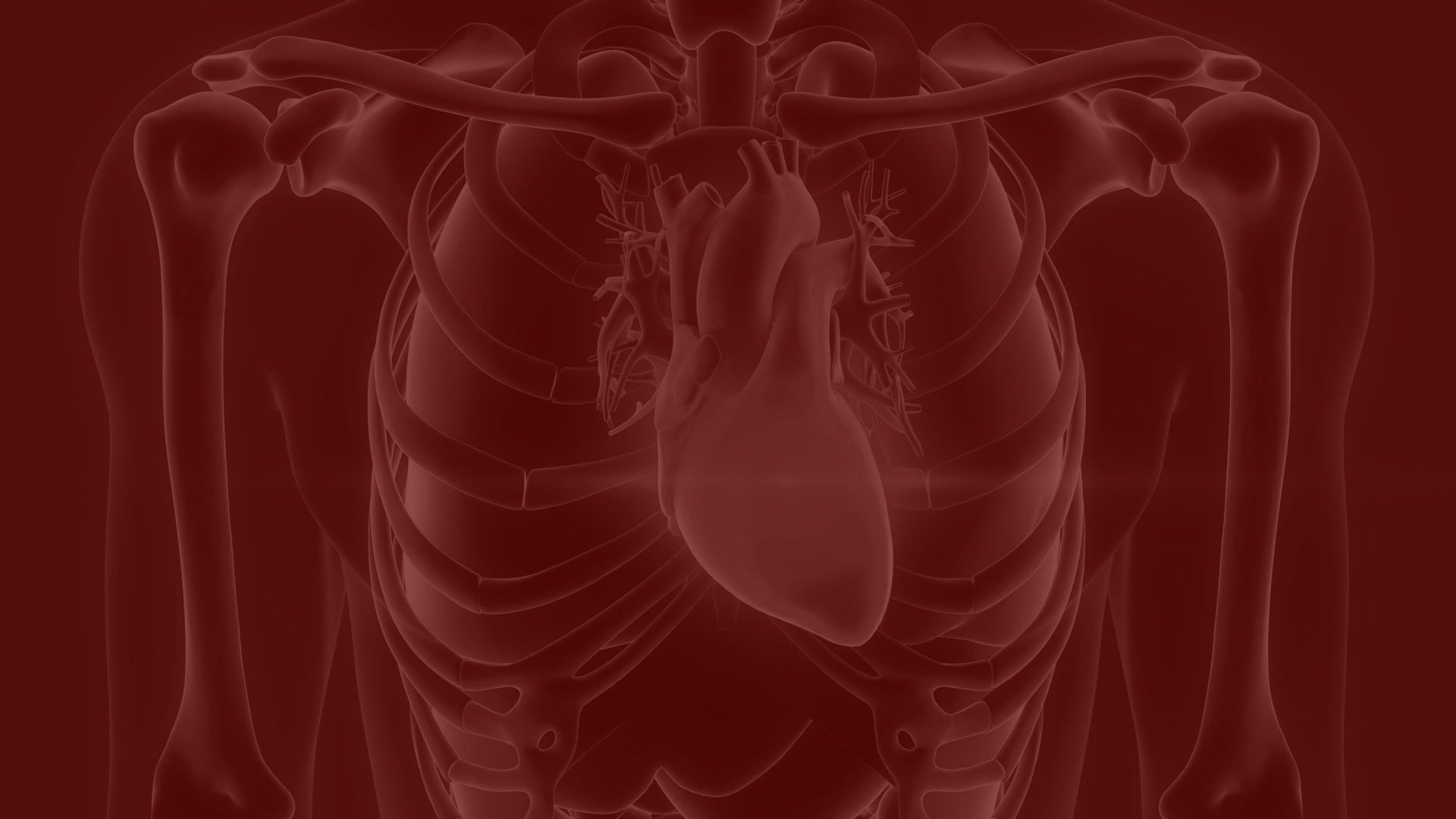Some very significant news was reported at September’s Transcatheter Cardiovascular Therapeutics (TCT) meeting, a preeminent professional meeting for interventional cardiology. Gregg Stone, MD, (New York-Presbyterian/Columbia University Irving Medical Center, New York, NY) the lead investigator of the COAPT trial, presented data indicating that the two-year mortality of a specific cohort of heart failure (HF) patients was decreased by an astonishing 37 percent following treatment with the MitraClip.
To illustrate the magnitude of this disease, one in four deaths in the United States, or 600,000 per year are attributable to HF, a condition in which the heart does not produce adequate blood flow for a patient’s physiologic condition. HF results from a single or a multiplicity of factors including coronary artery disease, heart valve dysfunction, and/or heart muscle damage. The COAPT study addresses one specific aspect of heart failure: mitral insufficiency. In the study, a device, the MitraClip (manufactured by Abbott Vascular), is deployed using a minimally invasive technique, to assist the mitral valve leaflets to coapt, or close more completely, thus improving the heart’s ability to maintain forward blood flow.
The study was specific in its design. Dr. Stone defined eligible study participants to be only “For high-risk patients with heart failure secondary to mitral regurgitation of a severe degree, who have failed all guideline-recommended therapies at maximally tolerated doses, who have also had cardiac resynchronization therapy and revascularization, as appropriate.” Approximately ten percent of HF patients match the profile of those selected for the COAPT trial.
It is indeed encouraging that research continues to improve the outlook for patients afflicted with cardiac failure. It is my expectation that HF specialists will be able to elect means from an expanding armamentarium of newer therapies that will include medical devices, drugs, stem cells, and other bio-active cells and compounds that will improve the outlook in HF. Further research will continue to define the best combination of interventions, and medical therapies tailored to a patient’s individual pathophysiology.

